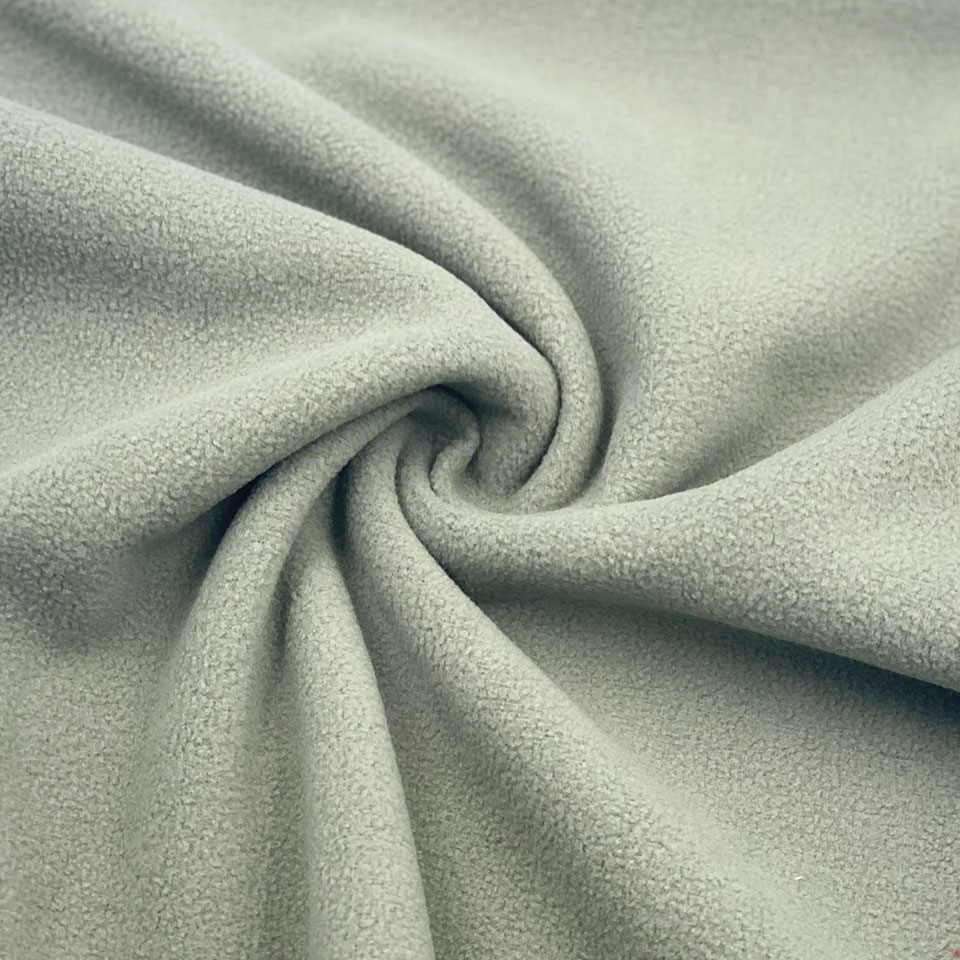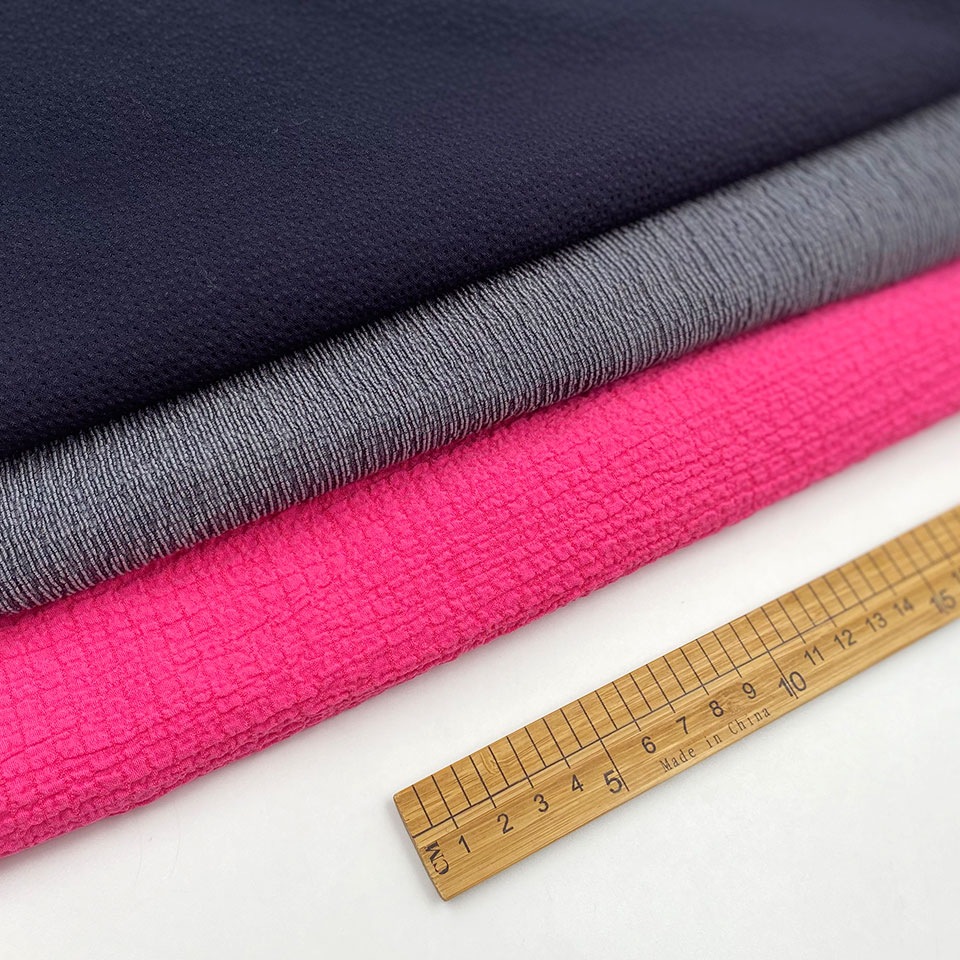Fabric dyeing fastness, also known as color fastness, refers to the ability of colored fabric products color resistance to various external effects without discoloration, in recent years in the international fabric workwear trade, the requirements of dyeing fastness in addition to ensuring the quality of the product, but also continue to pay attention to its safety and environmental protection. National standard requirements for dyeing fastness items for water resistance; dry rub resistance, wet rub resistance. The EU eco-fabric logo requirements for dyeing fastness in the national standard based on the addition of sun dyeing fastness, and sweat dyeing fastness.
Dyeing fastness testing process.
Washing dyeing fastness: the specimen and the standard lining fabric are sewn together, washed, cleaned and dried, and washed under suitable temperature, alkalinity, bleaching and friction conditions, so that the test results are obtained in a short period of time. The frictional action in between is accomplished by tumbling and impacting with small bath ratios and the appropriate number of stainless steel beads, which are rated with gray cards to yield test results. Different test methods have different temperature, alkalinity, bleaching and rubbing conditions and specimen sizes, the specific ones should be chosen according to the test standard and customer requirements. The colors with poor fastness in general washing dyeing are emerald, bright orchid, black and big red, navy blue, etc.
Dry cleaning fastness of dyeing: the same as the fastness of washing dyeing, but the water washing is changed to dry cleaning.

Fastness of rubbing dyeing: put the specimen on the rubbing fastness meter, rub the standard rubbing white cloth and the certain number of times on the certain pressure, each group of specimens need to do dry rubbing dyeing fastness and wet rubbing dyeing fastness. The color stained on the standard rubbing white cloth is rated with gray card, and the grade obtained is the measured friction dyeing fastness. Fastness to rubbing dyeing requires both dry and wet rubbing tests, and all the colors on the specimen are rubbed to.
Sunlight dyeing fastness: fabric products are usually exposed to the finish line when in use, the finish can destroy the dye and lead to the well-known "fading", so that colored fabric products discoloration, generally lighter, darker, some will also appear color finish change, so, it is necessary to test the fastness of dyeing, sunlight dyeing fastness test, is the specimen The fastness test is to put the specimen and the blue wool standard cloth of different fastness grades together under the condition of sunlight exposure, and then compare the specimen with the blue wool cloth to evaluate the fastness of dyeing, the higher the grade of blue wool standard cloth, the more fastness.
Sweat stain fastness: the specimen and the standard lining fabric are sewn together, put in the sweat stain solution, then clamped on the sweat stain fastness meter, put in the oven at a constant temperature, then dried, and rated with the gray card to get the test results. Different test methods have different ratios of sweat solution, different specimen sizes, different test temperatures and times.
Water stain dyeing fastness: test with water treatment specimens as above.
Chlorine bleaching dyeing fastness: the fabric is washed in chlorine bleaching solution under certain conditions, and the degree of color change is evaluated, which is the chlorine bleaching dyeing fastness.
Non-chlorine bleaching dyeing fastness: the fabric is washed under the washing conditions with non-chlorine bleaching, and the degree of color change is evaluated, which is non-chlorine bleaching dyeing fastness.
Pressing dyeing fastness: After covering the dry specimen with cotton lining fabric, it is pressed in the heating device of the specified temperature and pressure for a certain time, and then the color change of the specimen and the staining of the lining fabric are evaluated by the gray sample card. Hot pressing dyeing fastness has dry pressure, tide pressure, wet pressure, specific to different customer requirements and test standards to choose the test method.

Corresponding standards.
Washing
ISO 105 C06: 1994/Cor.2:2002(E): Dye fastness test for fabrics Part C06: Dye fastness to domestic and commercial washing
BS EN ISO 105-C06: 1997: Tests for fastness to dyeing of fabrics Part C06: Fastness to dyeing for domestic and commercial washing
Dry cleaning
ISO 105 D01:1993/BS EN ISO 105 D01:1995: Colour fastness tests for fabrics Colour fastness to dry cleaning
Water resistance
ISO 105 E01: 1994/Cor.1:2002(E): Fabric fastness to dyeing test Water fastness to dyeing
GB/T 5713:1997: Dyeing fastness test for fabrics Water fastness
Seawater resistance
ISO 105 E02: 1994/Cor.1:2002(E):Fabric products Dyeing fastness test Dyeing fastness to seawater
GBT 5714:1997: Dyeing fastness test for fabrics, seawater fastness
Sweat stains
ISO 105 E04: 1994/Cor.1:2002(E): Fabric dyeing fastness test, fastness to perspiration dyeing test method
GBT 3922:1995 : Fabric dyeing fastness test Method of dyeing fastness to perspiration
Dry heat resistance
ISO 105 P01: 1993: Test for fastness to dyeing of fabrics to dry heat (except hot pressing)
BS EN ISO 105-P01: 1995: Dyeing fastness test for fabrics Dyeing fastness to dry heat (except heat pressure)
Friction
BS1006 X12:1990: Colour fastness test for fabrics Fastness to dyeing by rubbing
EN ISO105 X12:2002: Fastness of fabrics to dyeing to rubbing
GB/T 3920: 2008: Fabric dyeing fastness test Fastness to friction dyeing
Heat pressure resistance
BS EN ISO 105 X11: 1996: Dyeing fastness test for fabrics Dyeing fastness to heat pressure
Finish
GB/T8427-1998: Fastness of fabrics to dyeing by artificial finishing
Contact: Jeanne yang(MISS)
Phone: 13912652341
E-mail: [email protected]
Add: Room A2216/A2217,Double-Star Building,No 567 New South Middle Road, KunShan City JiangSu Province ,China.